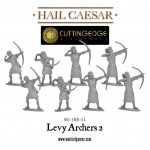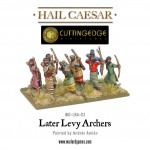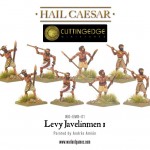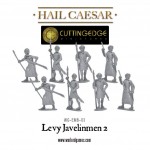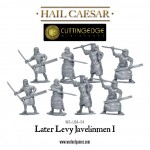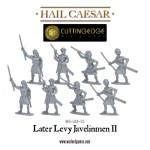This army covers the Middle Assyrian period of the Late Bronze Age only. It should not be confused with the Early Neo-Assyrian Army which is often twinned with Middle Assyrian in many wargames lists.
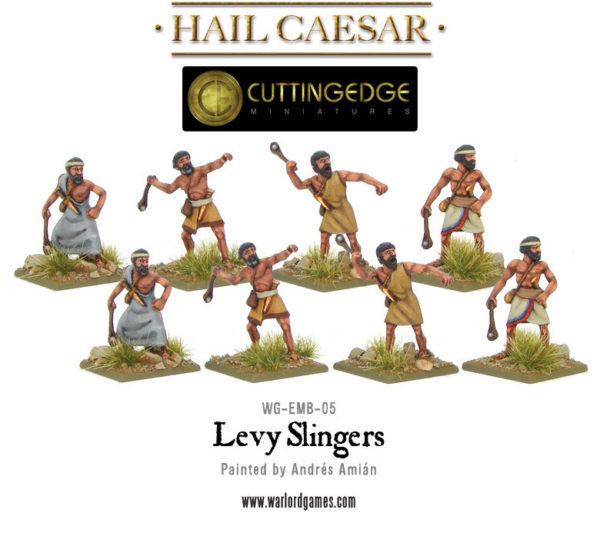
The Middle period Assyrian army of the Late Bronze Age is thought to have been the same in dress and character to that of Mitanni and the Kassite & Middle Kingdom Babylonians of the same period. This is largely an assumption as we do not have much evidence for the appearance of Assyrian armies of this period. Essentially Assyria was little more than a province of Mitanni for much of the Late Bronze Age.
After the defeat of Babylon by the Hittites at the end of the Middle Bronze Age, the Amorite Kingdoms went into decline. The Kassites overran southern Babylonia, whilst the rising power of the Hurrian Kingdom of Mitanni began to dominate northern Babylonia, subduing Assyria to vassal status.
However, by the 14th century BCE Mitannian power began to wane with pressure from the Hittites in the west and rising Assyrian power in the east.
The Assyrian Kings, Ashur-Uballit and Adad-Nirari I effectively brought about the destruction of Mitanni in the 14th century BCE. Assyria took Hanigalbat in the east whilst the Hittites took the western half of Mitanni’s former lands. The succeeding Kings, Shalmaneser I, Tukulti-Ninurta I and Tiglath-Pileser I, continued to expand Assyrian power and campaigned against the Kassites and Elamites in Babylonia, and the Hittites and Syrian/Canaanjte cities in the west; and once the Hittite Empire had fallen, the Phrygians (Mushki) in central Anatolia.
However, after Tiglath-Pileser I, Assyria went into decline for 2 centuries until the accession of Adad-Narari II in 911 BCE, the accepted date for the start of the Neo-Assyrian Empire in the Iron Age. This is covered with a separate range of figures in the Iron Age section.
The earlier Cutting Edge products: Levy Archers & Levy Javelinmen I & II can also be used in these armies as poorer armed skirmishers or other levy.
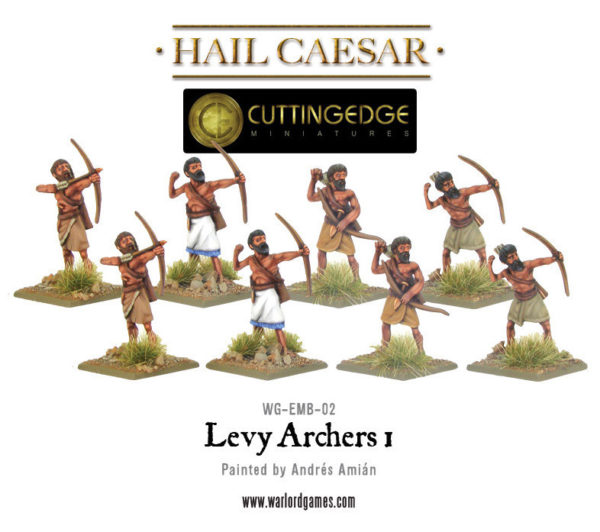
Part of the huge range for Hail Caesar:


